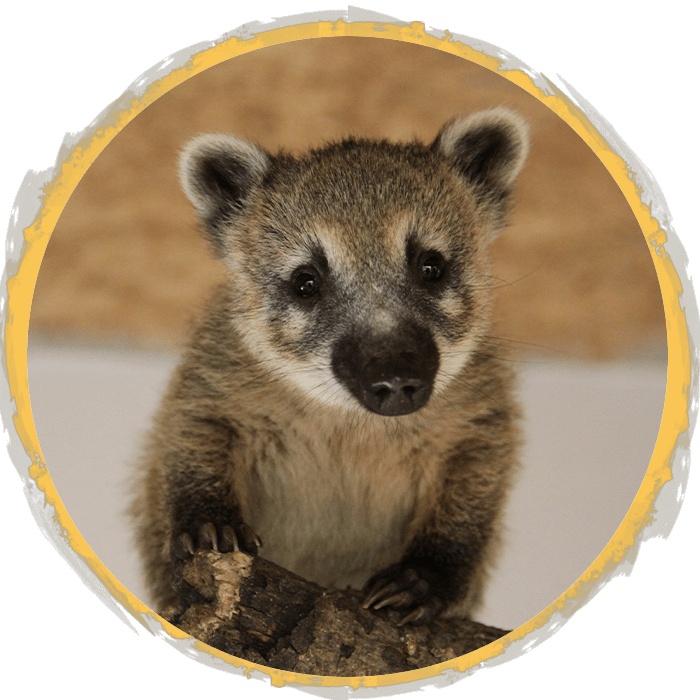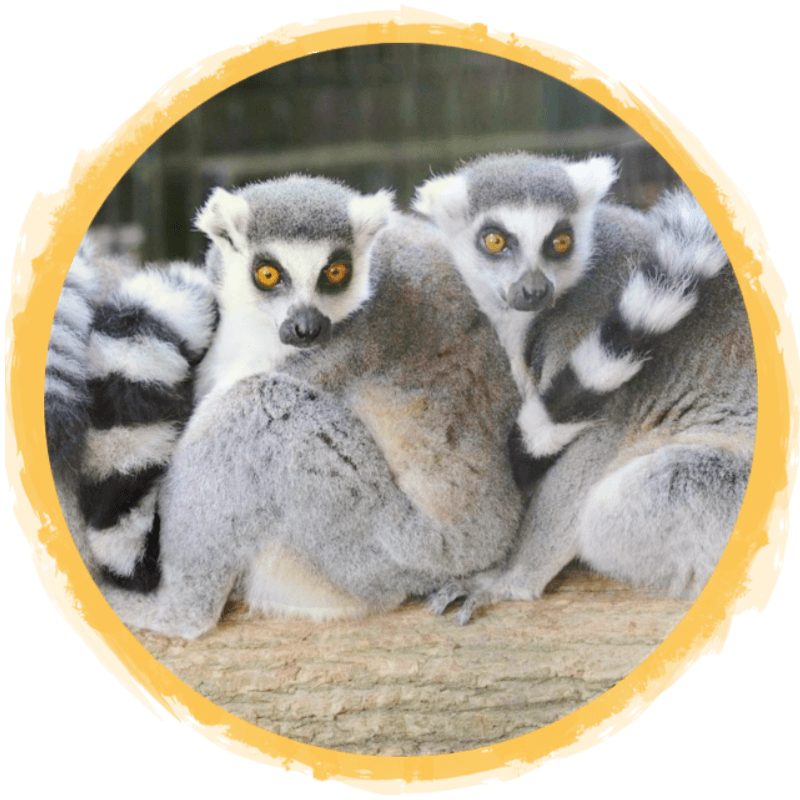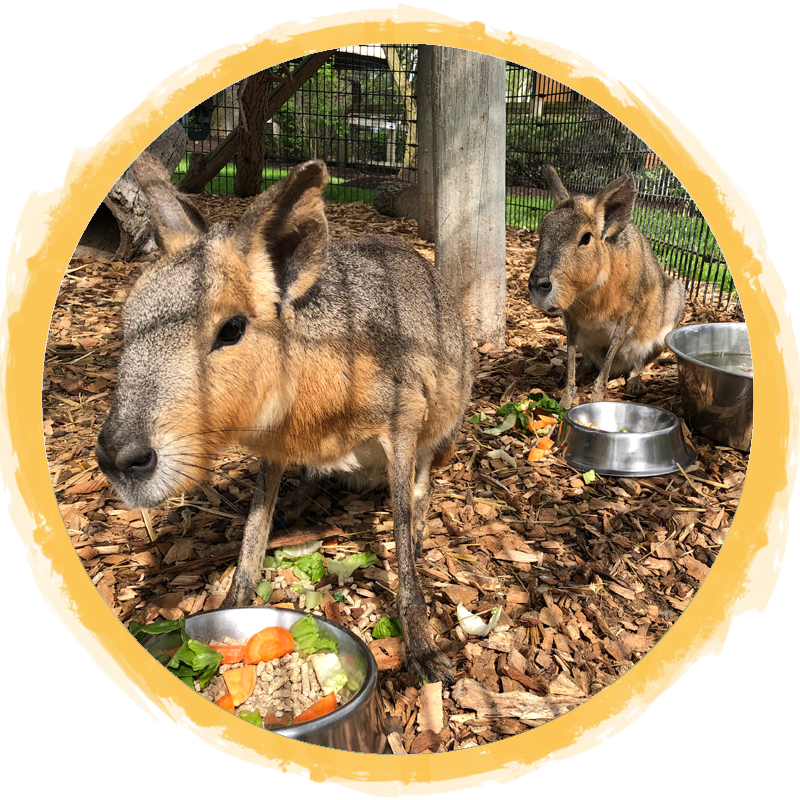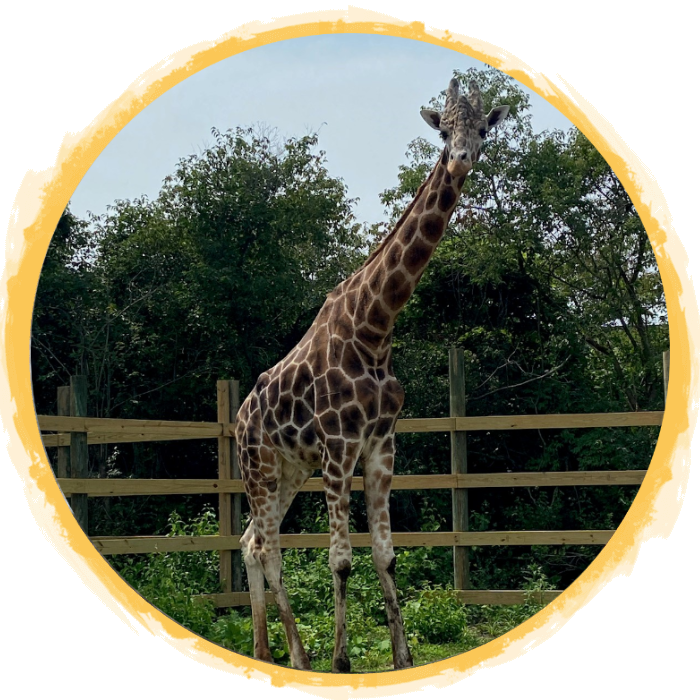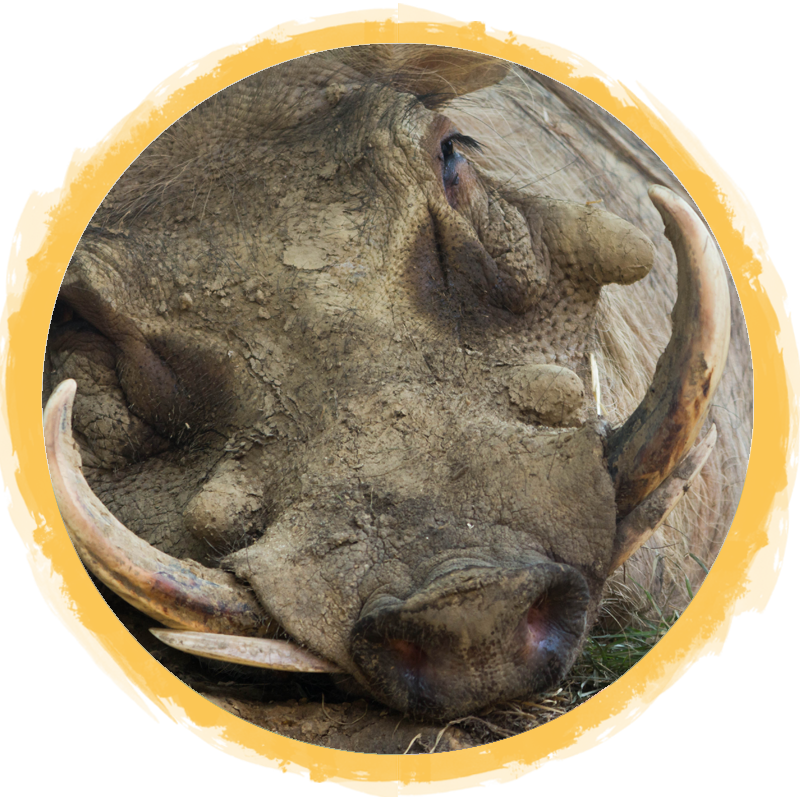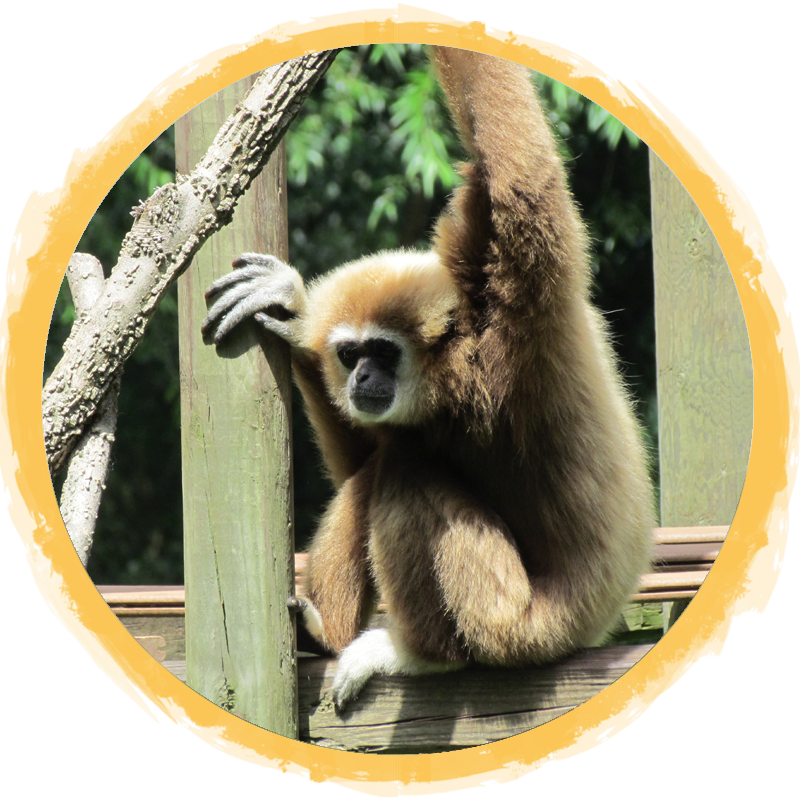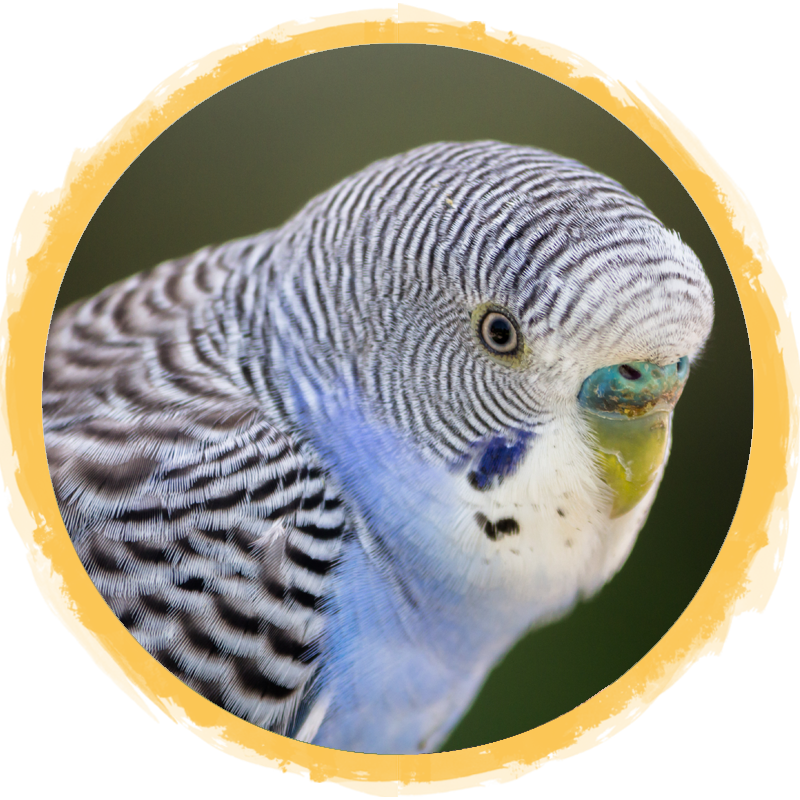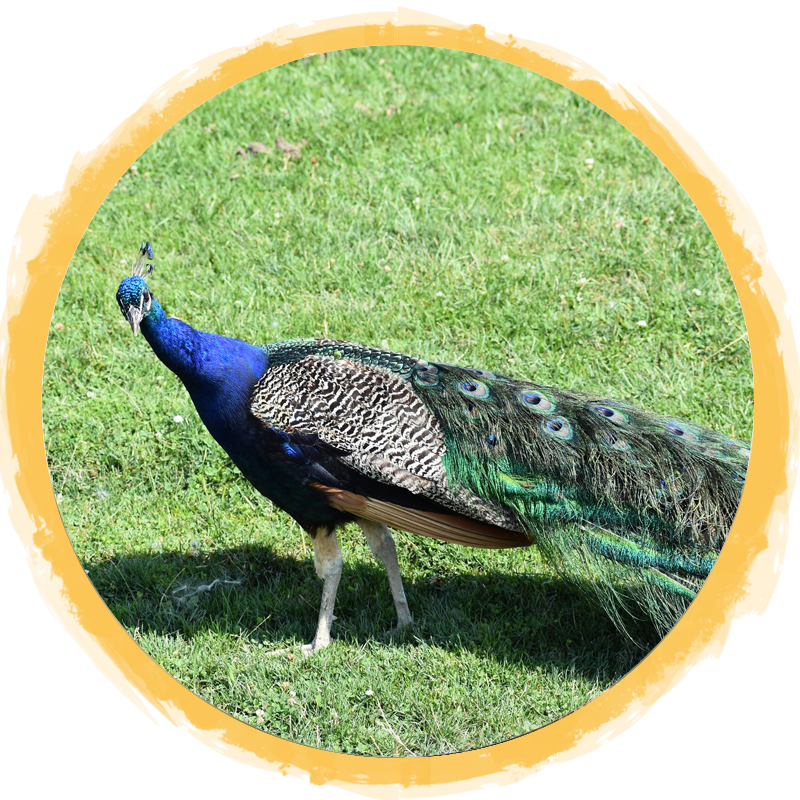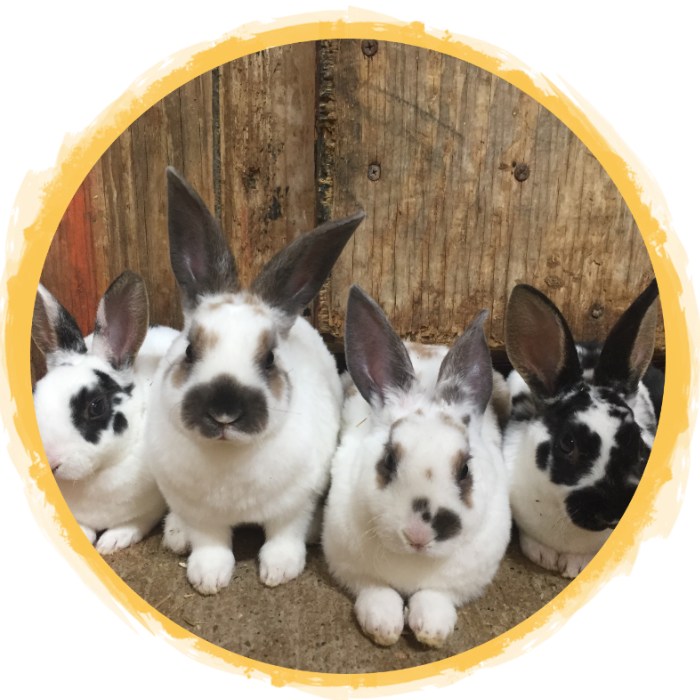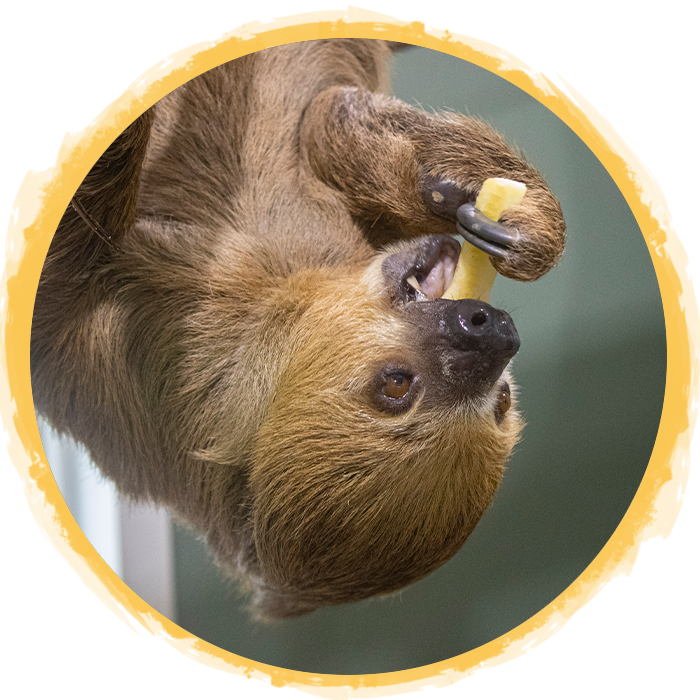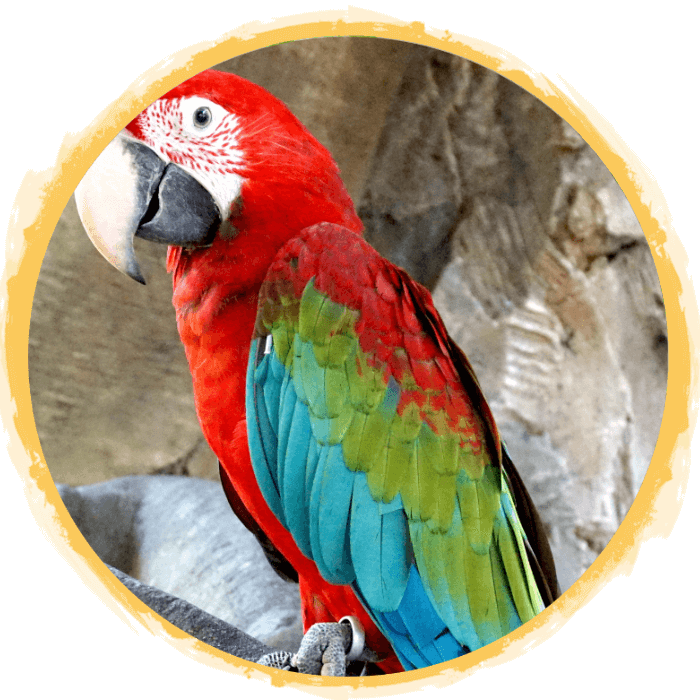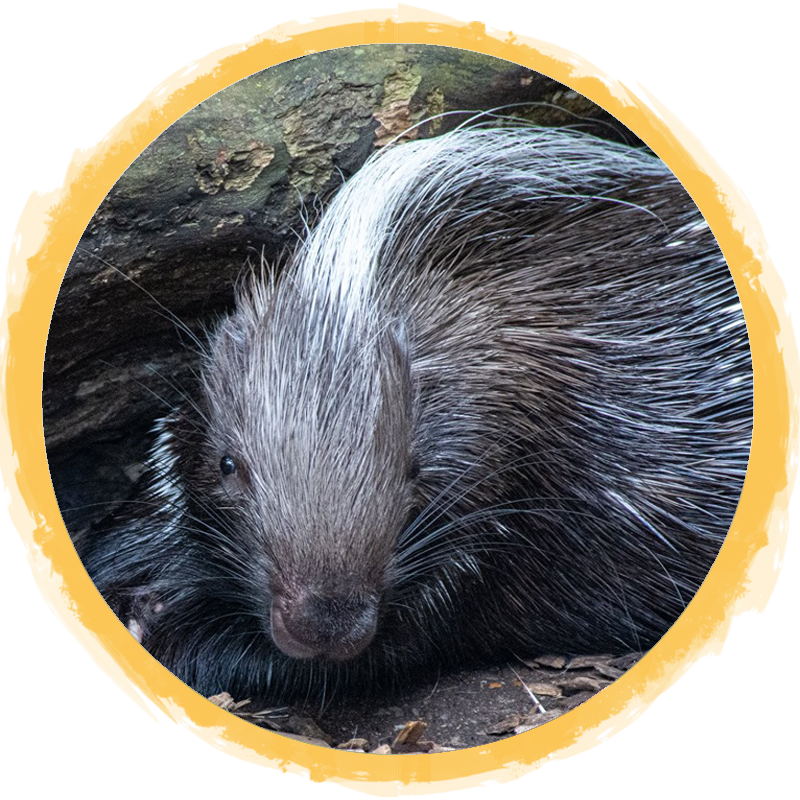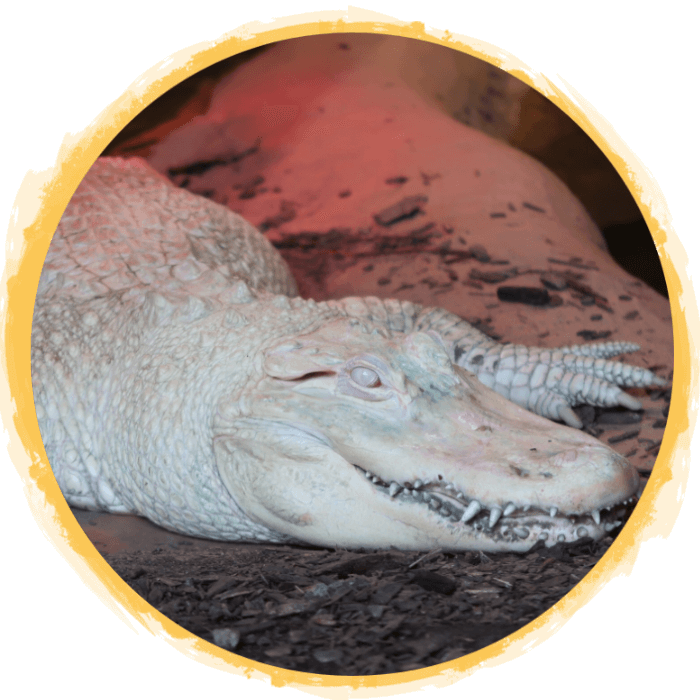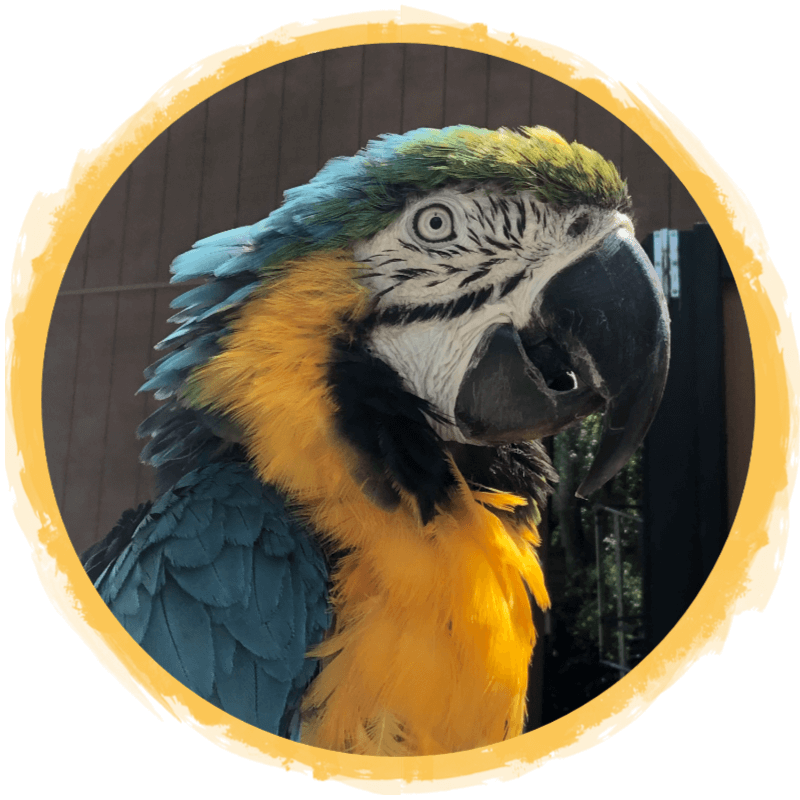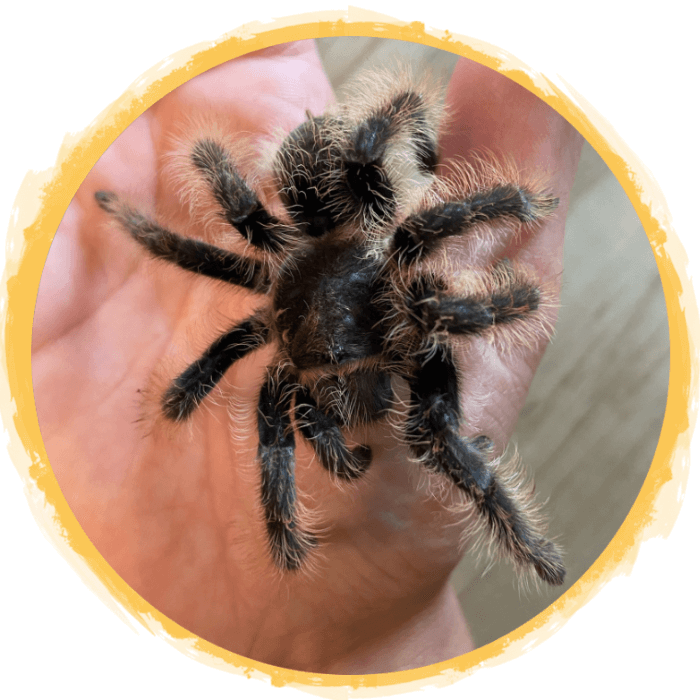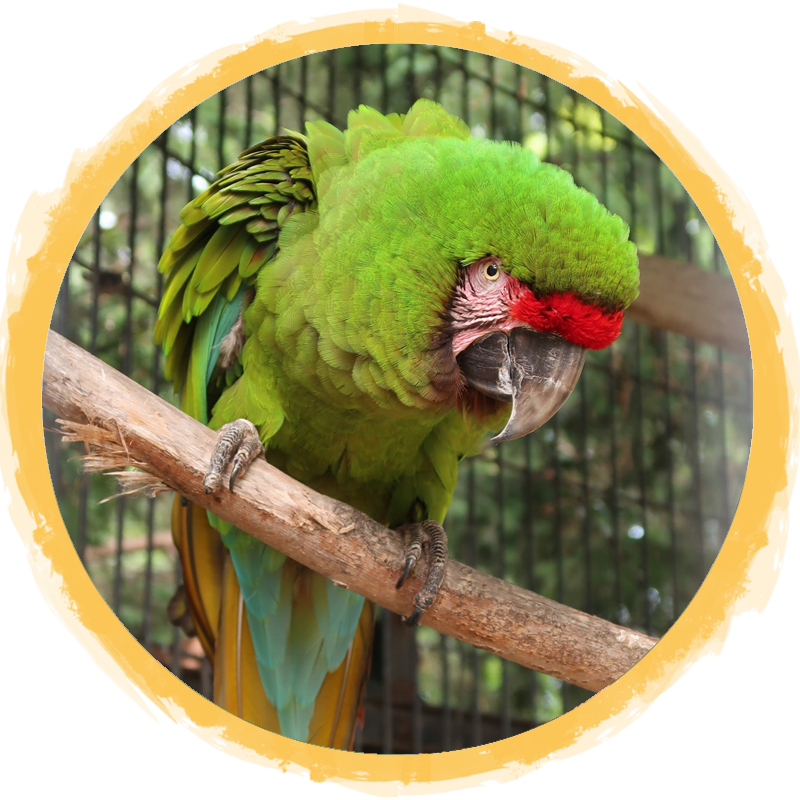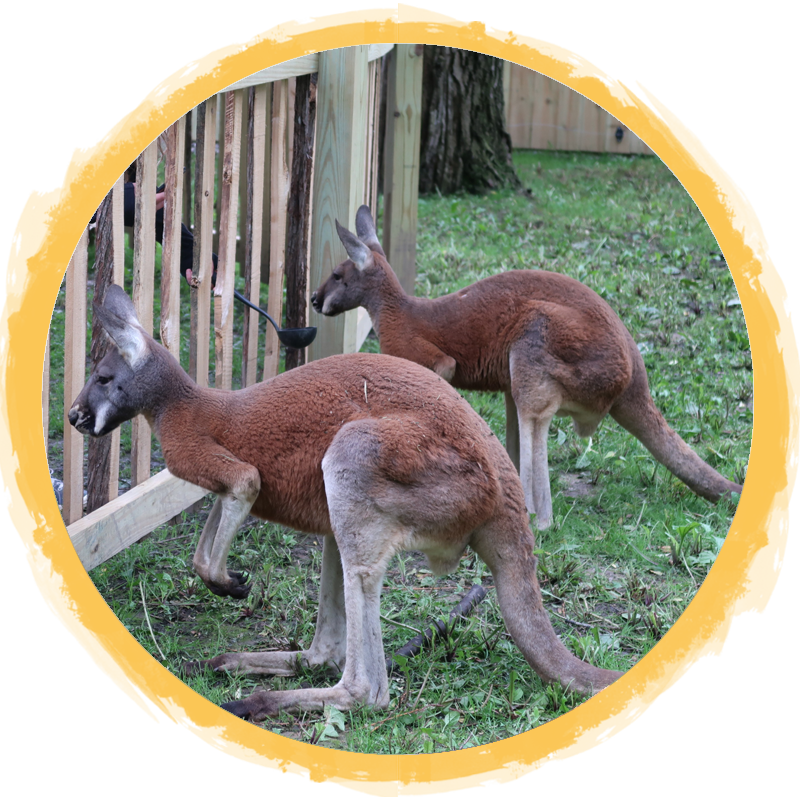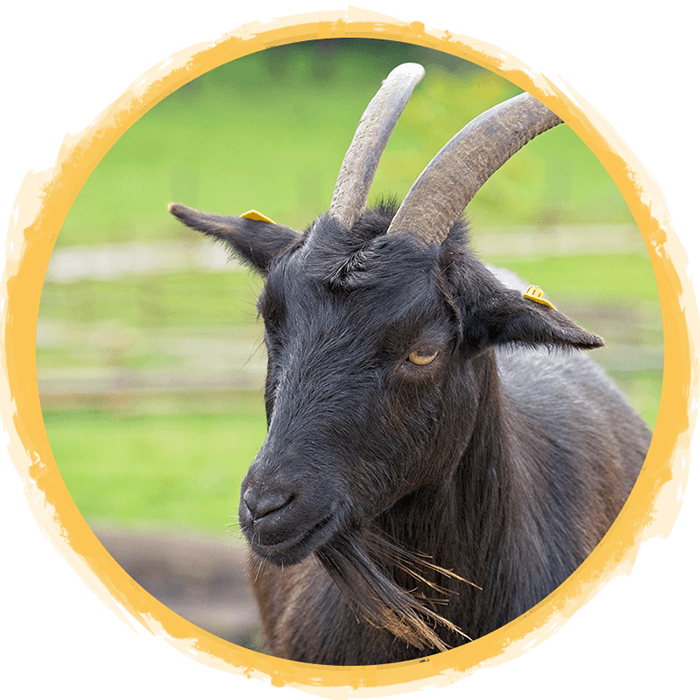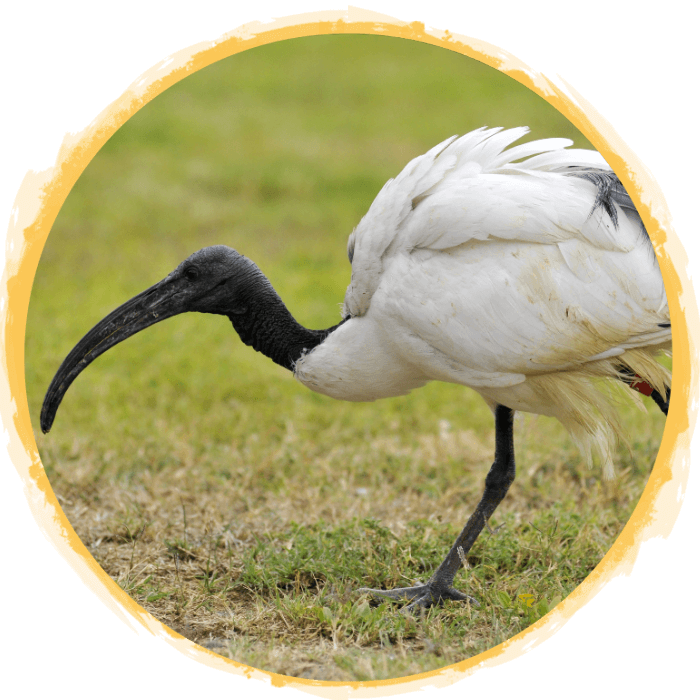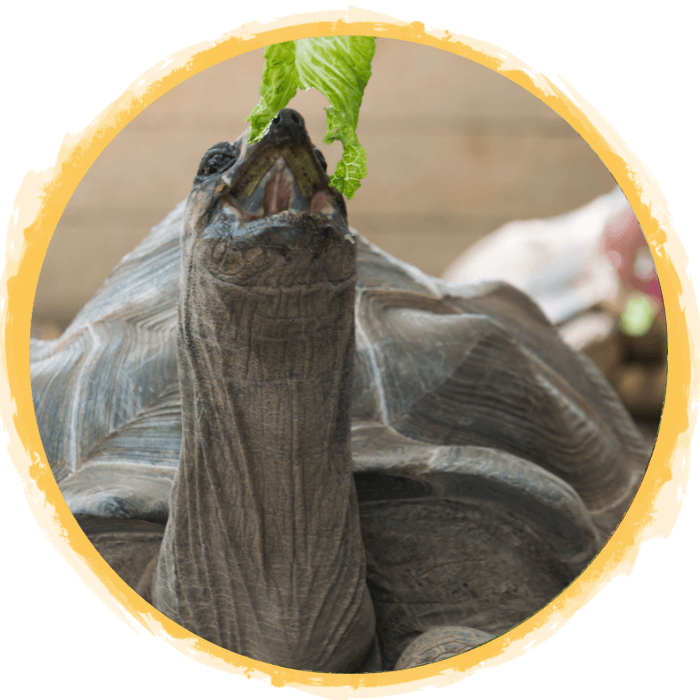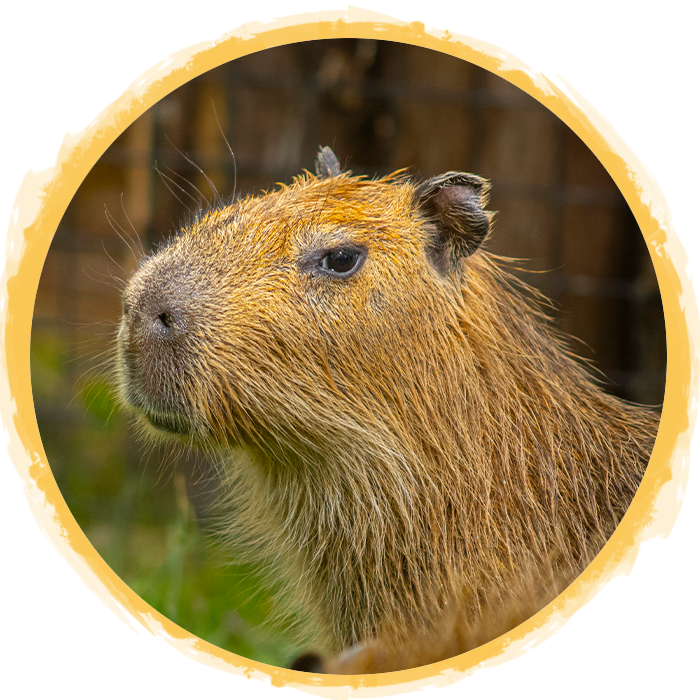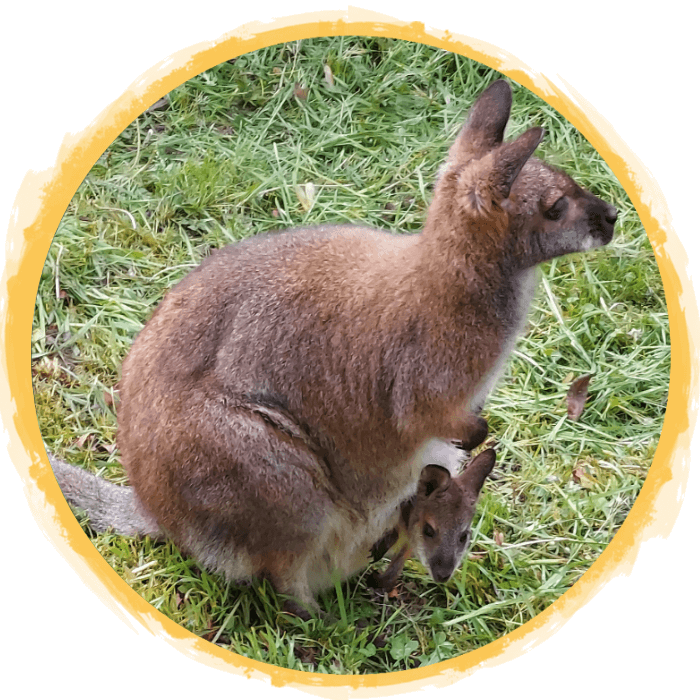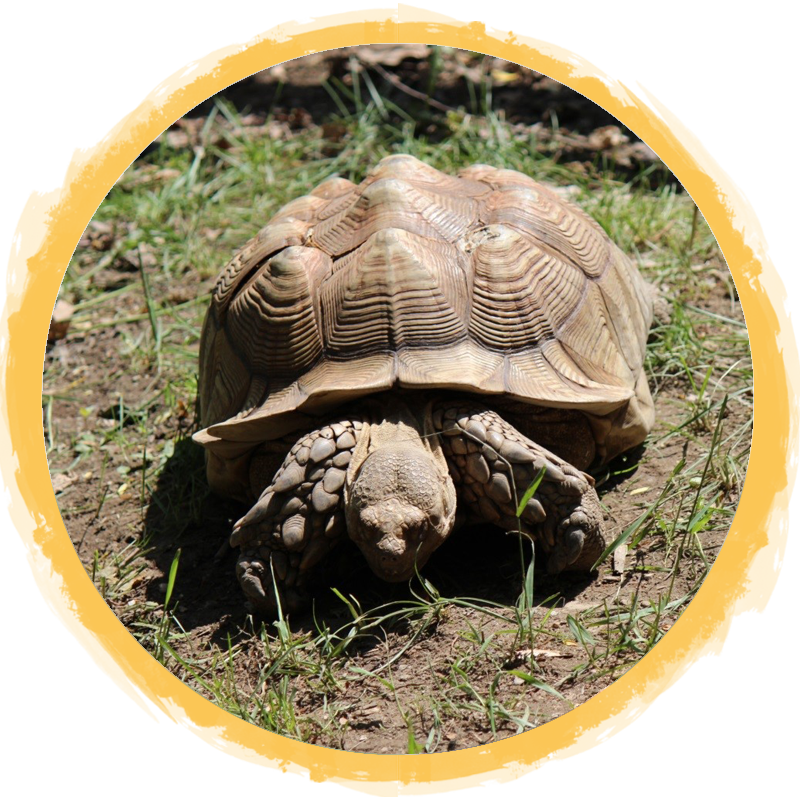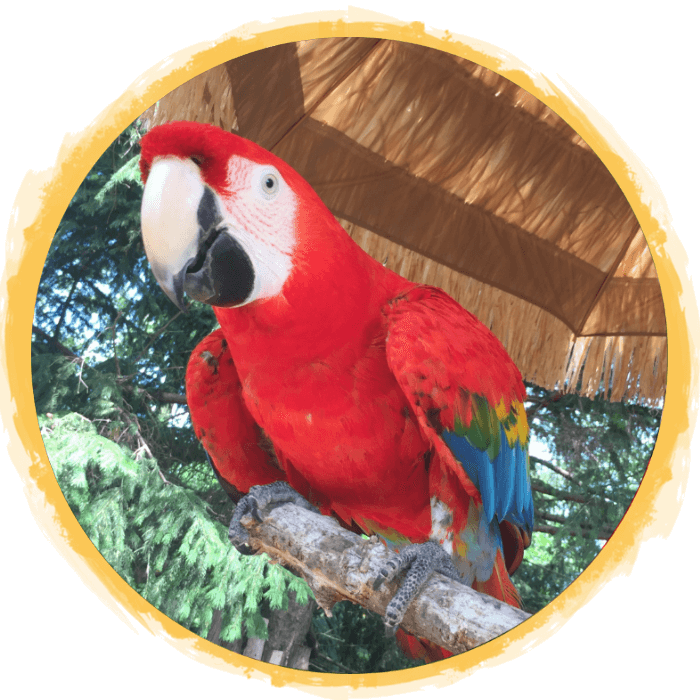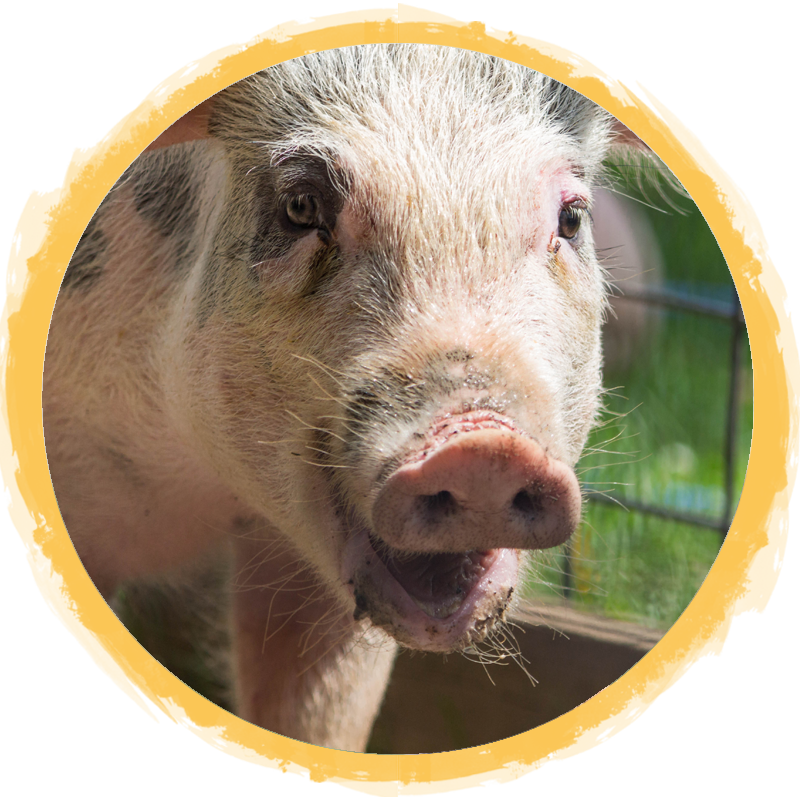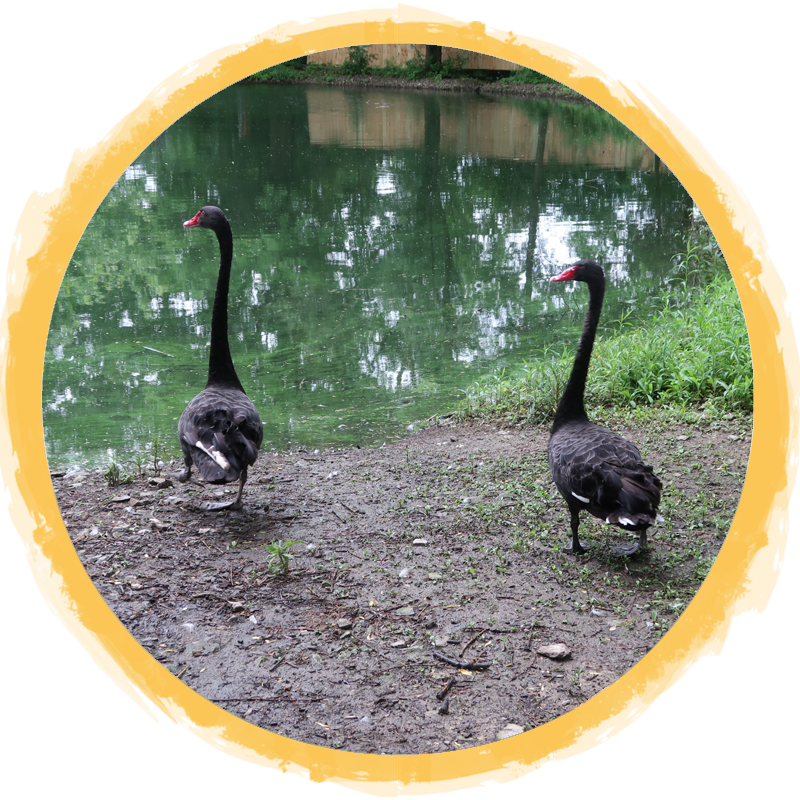(Macropus rufogriseus)
The Bennett’s or Red-Necked Wallaby are common in eastern Australia. They are distinguished by their black nose and paws, white stripe on the upper lip, and grizzled medium grey coat with a reddish wash across the shoulders.
The genus Macropus means ‘long foot’. This genus has strong hind legs, a sturdy tail for balance, and a pouch. They have an acute sense of hearing and smell and their large ears can move 180 degrees to allow them to be alert for predators. Wallabies hop as their most frequent mode of transportation, but they can also crawl and swim.
Wallabies are smaller than kangaroos and have darker muzzles and paws.
Reproduction: When born, wallabies weigh less than a gram. They are hairless and underdeveloped, but in order to climb into their mothers’ pouches, they do have strong forelimbs. Once in the pouch they latch on to a teat and continue developing. They remain in the pouch for 9 months and continue to suckle for an additional 3 to 9 months once able to leave the pouch.
They are mainly solitary but will gather together when there is an abundance of resources such as food, water, or shelter.
Wallabies are mainly nocturnal. They spend most of their daytime resting.
Wallabies have been trapped for their fur and are often persecuted as a pest to farmers. Forest clearing and livestock competition have reduced their numbers in some locations but overall they are common and not threatened.
Our Bennett’s Wallaby of African Safari Wildlife Park
You can see our wallabies Orange and Caroline hopping about in the Walk-Thru Safari.
Fast Facts
Country of Origin: Australia
Weight: 30 - 41 lbs
Size: Up to 3 feet in length
Lifespan: Up to 9 years in the wild
Diet: A Wallaby diet consists of grasses, roots, tree leaves, and weeds.

